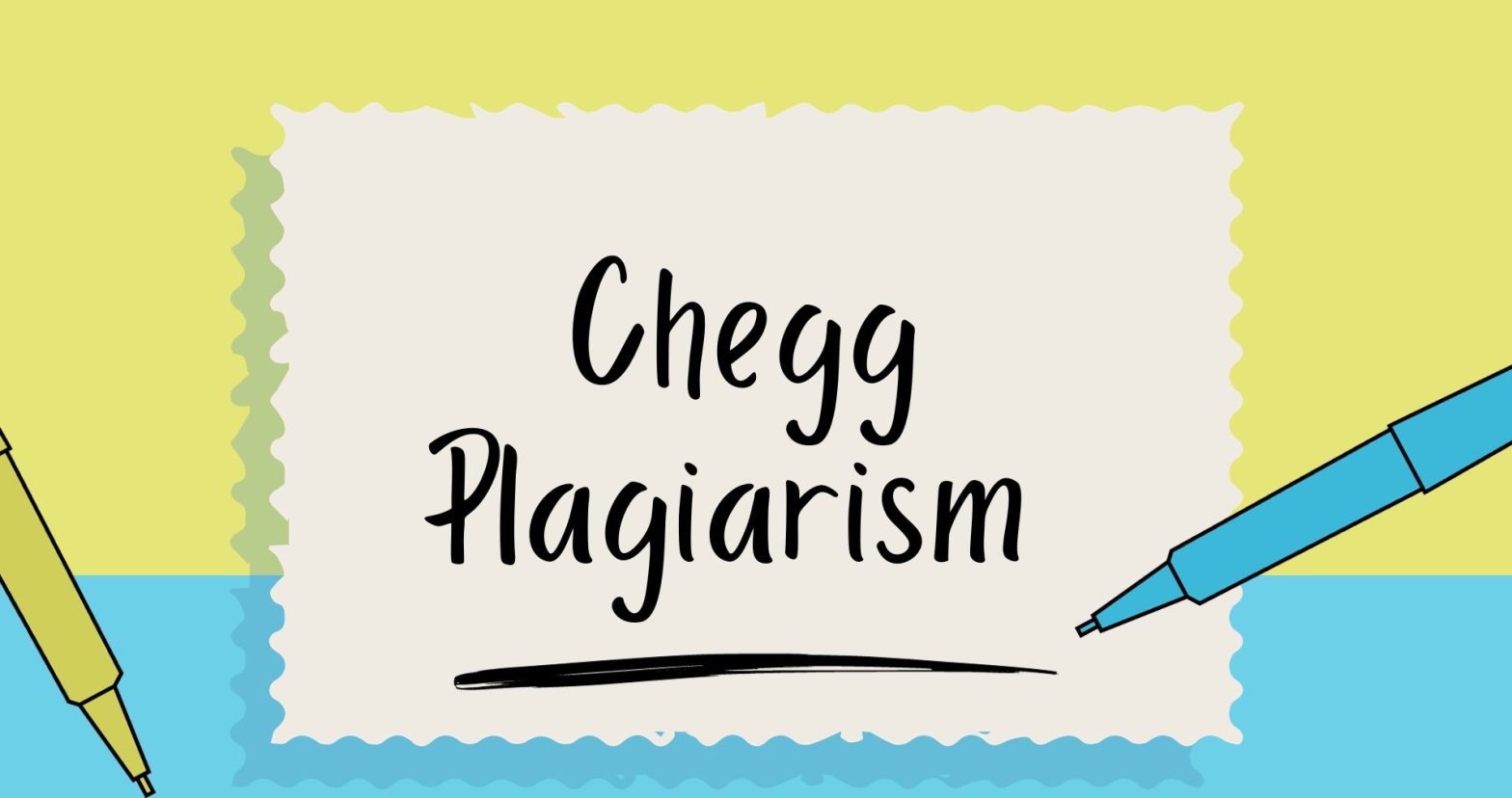

Imagine a world where technology can instantly spot a copied sentence, a borrowed paragraph, or even a sneaky idea that could be more original. That’s where we’re heading, thanks to the power of Artificial Intelligence (AI) and machine learning. In this article, we’ll discover the impact of AI on plagiarism detection. Explore the dynamic role of machine learning in preserving the authenticity of content.
Table of Contents
So, what are AI and machine learning? In simple terms, AI is like giving a computer a brain that can think, learn, and make decisions. Machine learning is a part of AI, where computers learn from data to get smarter over time. It’s like how you get better at a video game the more you play.
Plagiarism is a big no-no in schools, colleges, and even the professional world. It means taking someone else’s work and pretending it’s yours. Detecting plagiarism is essential because it’s all about being fair and honest. When people create something, whether a fantastic invention, a beautiful poem, or an interesting article, they deserve all the credit.
In the old days, catching plagiarism was a tough job. Teachers and professors had to read and compare texts manually, like finding a needle in a haystack. Then came simple software that could match text, but they couldn’t have been brighter. They could miss cleverly hidden plagiarism or original flag stuff.
It’s like sailing through wide, unknown waters when navigating the digital learning landscape. Having ready access to a vast amount of material makes it even more difficult to keep your work original. Because it is so simple to access online materials, plagiarism might occasionally inadvertently find its way into your work without your knowledge. Even the most well-meaning pupils can fall victim to it; it’s like an invisible trap.
In these murky waters, let the Chegg Plagiarism Checker be your intellectual lighthouse. This advanced program scans and compares your work with millions of sources, including online pages, books, and papers. It will identify passages that are too similar to previously published work to assist you in avoiding inadvertent plagiarism.
This program serves as a mentor for honest writing in addition to being a plagiarism checker. By highlighting parallels with previous works, the Chegg Plagiarism Checker pushes you to think creatively and share your own viewpoint. It encourages you to form the habit of doing extensive research and properly citing sources, which are necessary components of academic integrity.
Consider this question before clicking “submit” on your assignment: “Is my work truly original?” The Chegg Plagiarism Checker is a useful tool in this situation. You may make sure that your work conveys your understanding and voice by reading it through it in addition to looking for instances of copied language. It’s similar to checking to see if you’re projecting your best self in a mirror.
Today, with AI and machine learning, things are changing fast. These technologies make plagiarism detection software way smarter. Now, tools like the Chegg plagiarism checker don’t just look for exact matches; they understand the meaning of words and sentences. They can catch if someone tries to trick the system by changing a few words here and there.
Here’s the cool part: AI-driven plagiarism checkers use natural language processing. This means they can read and understand text almost li
In schools and universities, AI-powered plagiarism detection helps maintain honesty. It ensures students are learning and creating their work as humans. They look for patterns, styles, and similarities that might need clarification. It’s like having a super-smart detective that can spot clues invisible to most people.
Real-World Applications: AI in Action For writers and researchers, these tools keep their work authentic and trustworthy. They’re like guardians of originality in a world entirely of information.
However, it’s not all smooth sailing. AI and machine learning in plagiarism detection face challenges, like understanding context and different writing styles. Sometimes, they might flag a commonly used phrase as plagiarism or miss a cleverly disguised one. It’s a work in progress, constantly evolving and improving.
Looking ahead, the possibilities are exciting. We might see AI that can detect plagiarism and predict and prevent it. Tools like Chegg checker experts may become even more intuitive, offering real-time suggestions for original writing and creative thinking.
AI and machine learning are changing the game in plagiarism detection. They’re making it easier and faster to ensure that the work we read, write, and learn from is genuine and original. In this digital age, where information is everywhere, these innovative technologies are essential in keeping the spirit of creativity and honesty alive. They’re not just tools but the torchbearers of originality and integrity in our ever-evolving world of words. Combating Intellectual Property Theft in the Digital Legal Space
Sign up to receive our email, delivering the latest stories straight to your inbox.
